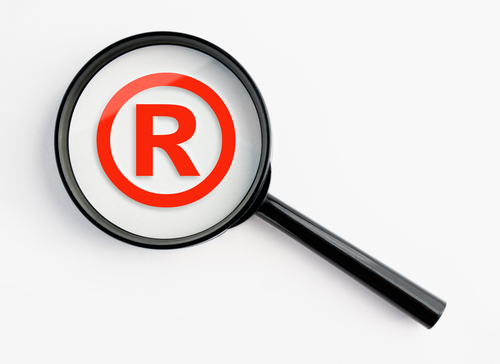 Businesses often overlook a simple but critical step in establishing a new brand for a company, product, or service: a trademark search.
Businesses often overlook a simple but critical step in establishing a new brand for a company, product, or service: a trademark search.
The first step in a trademark strategy for the adoption and protection of a new word or design mark should be the search process. Often, clients do not budget for a trademark search or ask for a scaled-down search process to save money.
In today’s business environment, the value of establishing a strong company brand from the very beginning should not be overlooked. Taking the time to conduct a proper trademark search can save time, money, and headaches down the road.
This two-part blog series addresses the need for a comprehensive search while also addressing budgetary constraints.
Importance of a Trademark Search
When a company decides to change their logo or create a new product line that needs a name and logo, they will task their marketing department or a branding consultant to develop the new name and logo.
As the new names and logos are narrowed down to a select few choices, the person in charge of the process should make sure that trademark searches are conducted on the proposed new names and logos before any final decisions are made.
A comprehensive trademark search will reveal the following:
- if any other individuals or entities hold a trademark registration for a similar trademark in any other state or with the United States Patent and Trademark Office (U.S.P.T.O.);
- if any other companies are using similar trademarks for the same type of products or services in the United States;
- if any other individuals or entities own a domain name that includes the word mark; and
- if any other entities are using similar trademarks for the same type of products or services in other countries.
The new trademark and logo cannot be registered with the USPTO if someone already owns an identical or similar trademark registration in the same class of products or services. The USPTO uses a thirteen factor test known as the Du Pont factors when reviewing a trademark registration to determine if there is likelihood of confusion under Section 2(d) of the Lanham Act:
- the similarity or dissimilarity of the marks in their entireties as to appearance, sound, connotation, and commercial impression;
- the similarity or dissimilarity and nature of the goods or services as described in an application or registration or in connection with which a mark is in use;
- the similarity or dissimilarity of established, likely-to-continue trade channels;
- the conditions under which, and buyers to whom, sales are made, that is, “impulse” vs. careful, sophisticated purchasing;
- the fame of the prior mark;
- the number and nature of similar marks in use on similar goods or services;
- the nature and extent of any actual confusion;
- the length of time during, and the conditions under which, there has been concurrent use without evidence of actual confusion;
- the variety of goods on which a mark is or is not used;
- the market interface between the two marks
- the extent to which trademark owner has a right to exclude others from use of its mark;
- the extent of potential confusion, that is, whether de minimis or substantial; and
- any other established fact probative of the effect of use.
In re E.I. du Ponte de Nemours & Co., 476 F.2d 1357, 177 USPQ 563 (C.C.P.A. 1973).
Not all of these factors are applicable in every case, but they should always be considered when conducting a trademark search for a new trademark or service mark.
A complete trademark search will include searches of registrations in all states of the U.S., the top internet search engines, and domain names to determine if anyone is using the mark in commerce. This is extremely important since the first to use a mark in commerce is more important than the first to register with the USPTO.
You may file a trademark registration with the USPTO and during the 30-day publication period someone else may file a Notice of Opposition to the registration of your mark because they were using the same mark in commerce before you started using the mark. You would then have to either fight the Notice of Opposition before the Trademark Trial and Appeal Board or agree to stop using your mark.
You might actually obtain a certificate of registration from the USPTO for your trademark and within the next five years someone files a Petition for Cancellation of your registration based on the petitioner having priority in the marketplace with their mark. Once again, you would have to either fight the Petition to Cancel before the Trademark Trial and Appeal Board or agree to stop using your mark.
If your company plans to sell their products or services in other countries in the future, it is wise to conduct a trademark search for use of your mark in other countries. Waiting until you are selling the goods and services in another country to learn that another company is using the same or a similar mark for the same or similar goods or services is financially foolish.
By the time your trademark is being used in commerce to market your goods and services in the U.S. or another country, you will have spent thousands of dollars to develop and promote the trademark. Better to find out early in the process that others are using the same or a similar trademark.
In part two, I’ll discuss budget considerations and types of searches.
If you have any questions about trademarks, reach out to the Marks Gray Intellectual Property team at 904.807.2180 or [email protected].